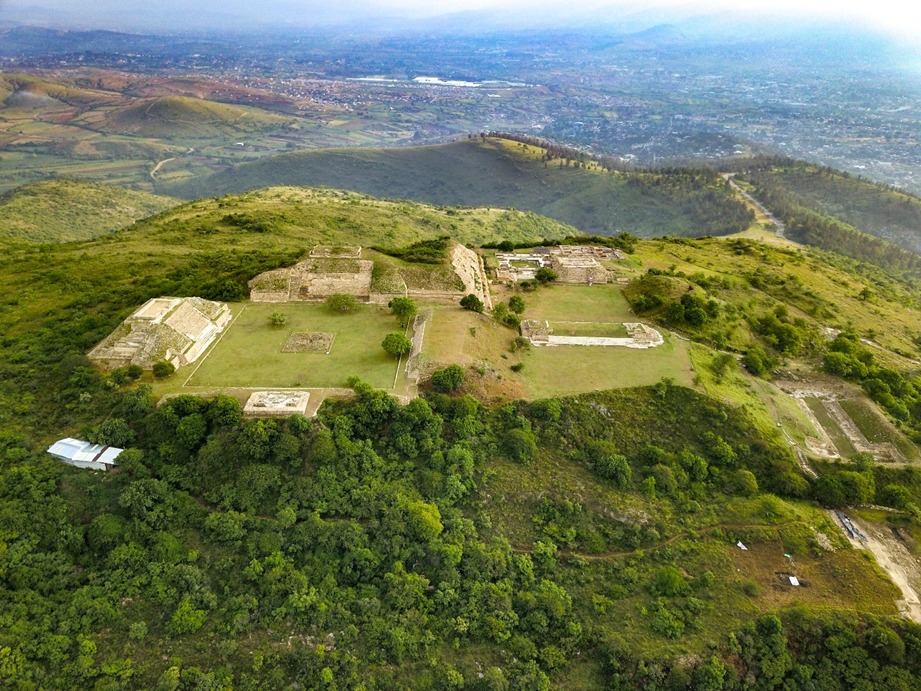San José El Mogote.
San José El Mogote is considered one of the most important Mesoamerican settlements in the Etla Valley in Oaxaca. Its inhabitants, descendants of the workers of an old hacienda called El Mogote who came from different locations in the valley, preserve their indigenous traditions without having a specific ethnicity.
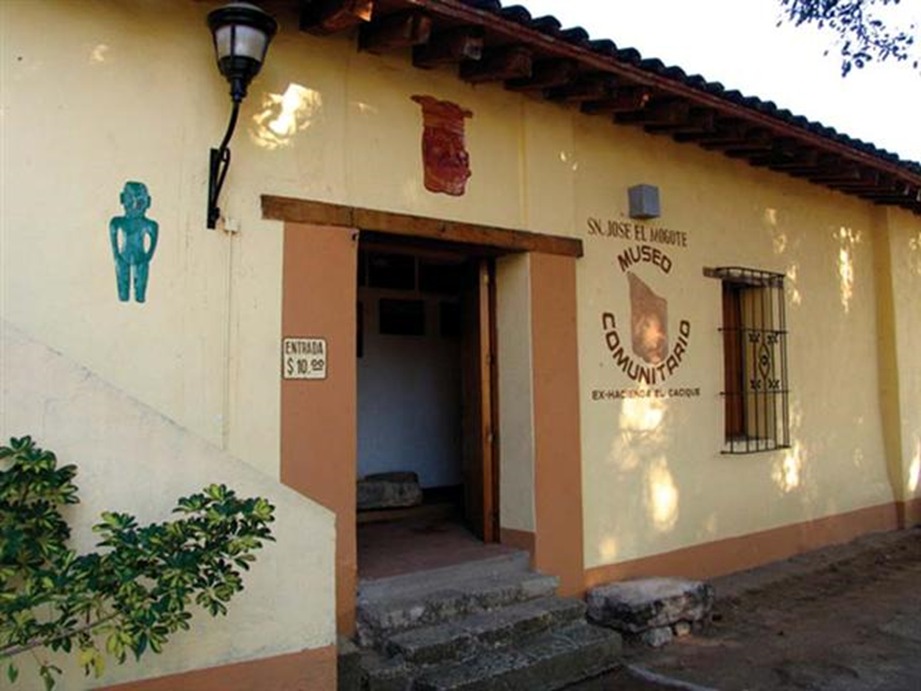
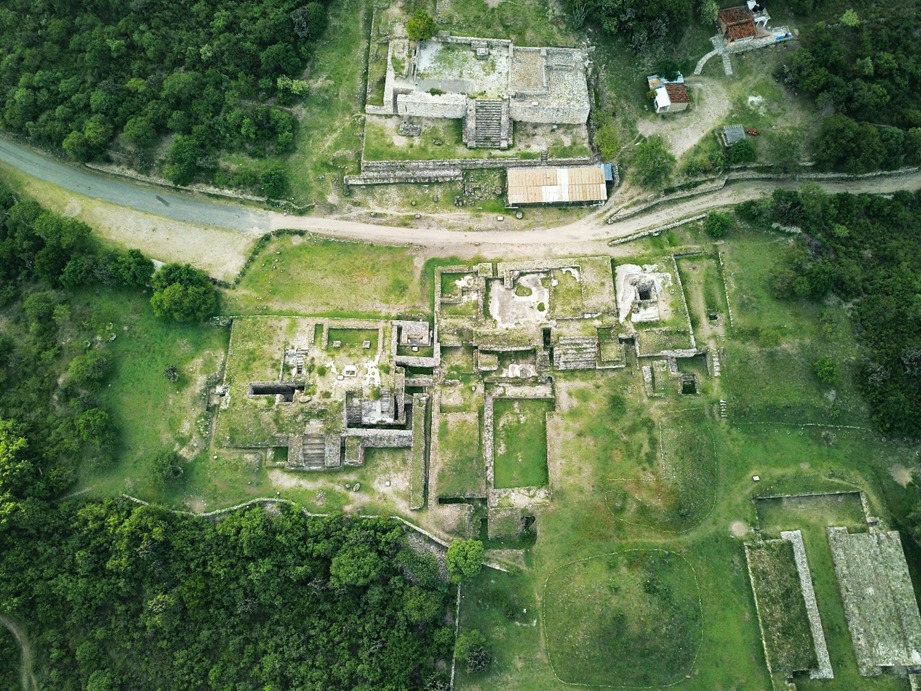
Zona Arqueológica de Dainzú.
Its name comes from the Zapotec words “danni” which means mount or hill and “zu” cactus, so Dainzú means “Cactus Hill”. Said area was explored in 1965 by Dr. Ignacio Bernal, who found evidence of occupation in 750 BC. to the year 1,000 AD., the most interesting is the gallery of stone bas-reliefs, which represents ball players in violent activities, with pre-Hispanic attire; as well as the presentation of the four probable Gods of Fire.
Zona Arqueológica de Guiengolá
Due to its location, shape and construction system, it is believed that Guiengolá was a fortified site where the Zapotecs sheltered and defended themselves from attacks by hostile groups. It is also likely that it was the administrative center of the Zapotec kingdom on the Isthmus at the time of the Spanish Conquest. Guiengolá means in Zapotec of the Isthmus: “Big Stone”, which comes from guie, stone and gola, big or old. It is also known as Danyroó or Cerro Grande or Antiguo.
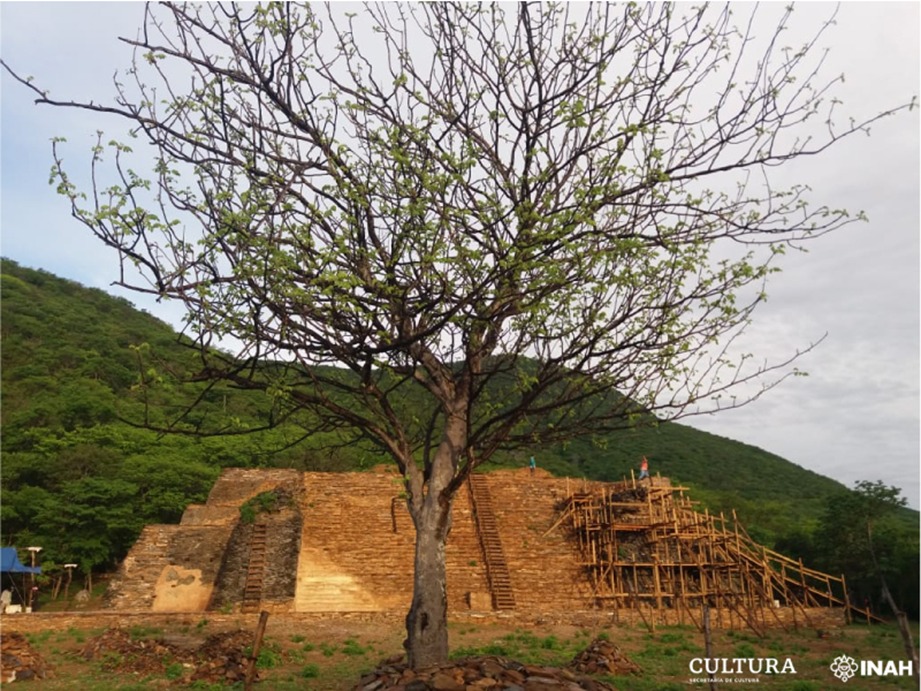
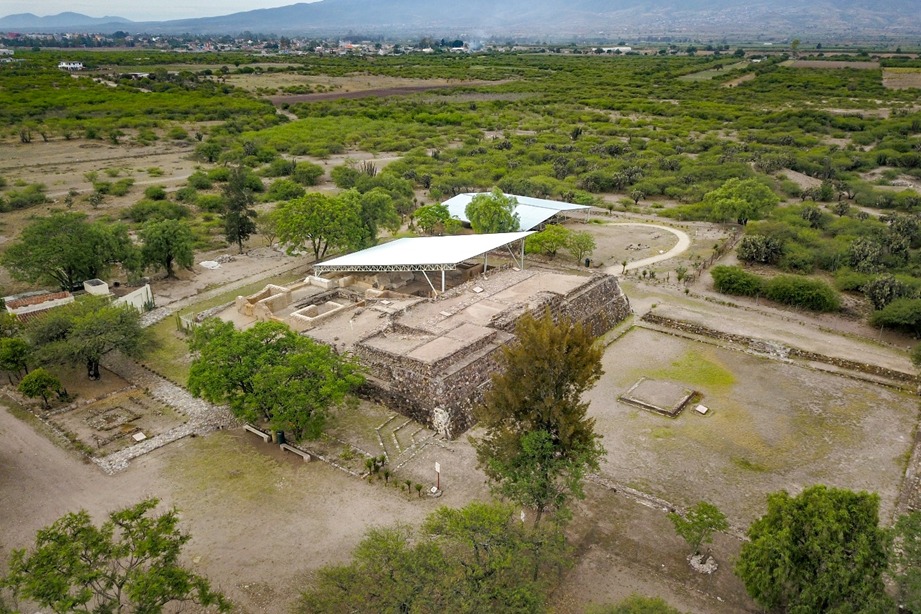
Zona Arqueológica de Lambytieco
Lambytieco means “Lambi”, it is a Zapotec corruption of the word “alembic” that surely refers to the ovens where salt water was boiled, “pityec” means mound in Zapotec. Lambytieco is then translated into Zapotec as “alembic mounds”.
The few vestiges discovered indicate that the occupation of Lambytieco occurred between the years 600 BC. to 800 AD. It had its maximum apogee between the years 700 and 750 AD., coinciding with the gradual abandonment of Monte Albán. Due to its salt production, in those times, it was considered an important city, within the Zapotec market.
Zona Arqueológica de Mitla
Main ceremonial center after Monte Albán, the word Mitla or Mictlan is of Nahuatl origin and means “Place of the Dead” or “Underworld” in Zapotec it is called “Lyobaa” which means “Place of Burials”, which was already in Mexica in Mitlan, “place of the dead” and already Spanishized only Mitla.
The Archaeological Ensemble and the current town are Zapotec; Mitla was inhabited from the classic period (100 to 650 AD) reaching its maximum growth and apogee in the post-classic period (750 to 1521 AD).
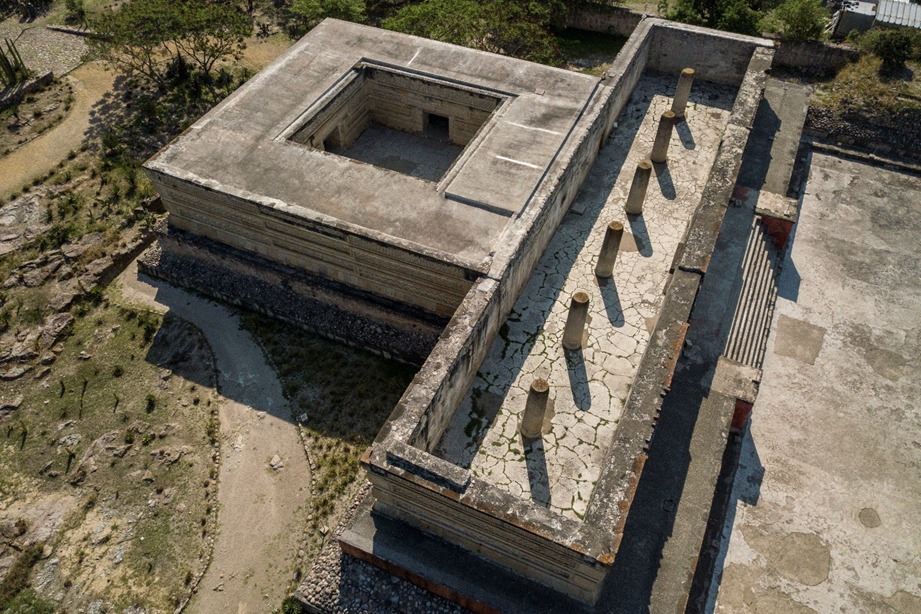
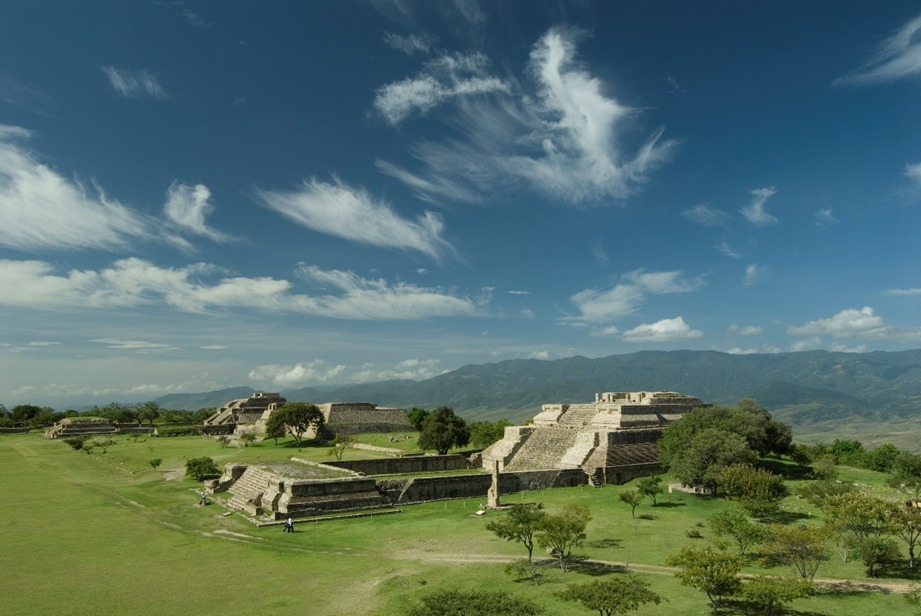
Zona Arqueológica de Monte Albán
Monte Albán was the ancient capital of the Zapotecs and one of the first and most populous cities in Mesoamerica during its heyday, it was founded approximately 500 years BC.., flowering until 750 AD.
Located in the center of the Valley of Oaxaca, Monte Albán exercised political, economic, and ideological control over other communities in the valley and the surrounding mountains. Its main buildings: The Great Plaza, Ball Game, System II, Los Danzantes, Building J, Central Buildings G.H.I., The Palace, South Platform, System 7 Deer and Tomb No. 7.
Zona Arqueológica de San Juan Yucuita
The Yucuita archaeological zone has been explored several times, and in the last excavation, carried out from 1976 to 1980 by the National Institute of Anthropology and History, a study was carried out on the pre-Hispanic society that spans from approximately 1400 BC to 800 AD. The sequence and pre-Hispanic events place the presence of man in these valleys from approximately 1400 BC. It is also known as the red horizon on bay, due to the presence of ceramics decorated as red on bay-colored ceramics.
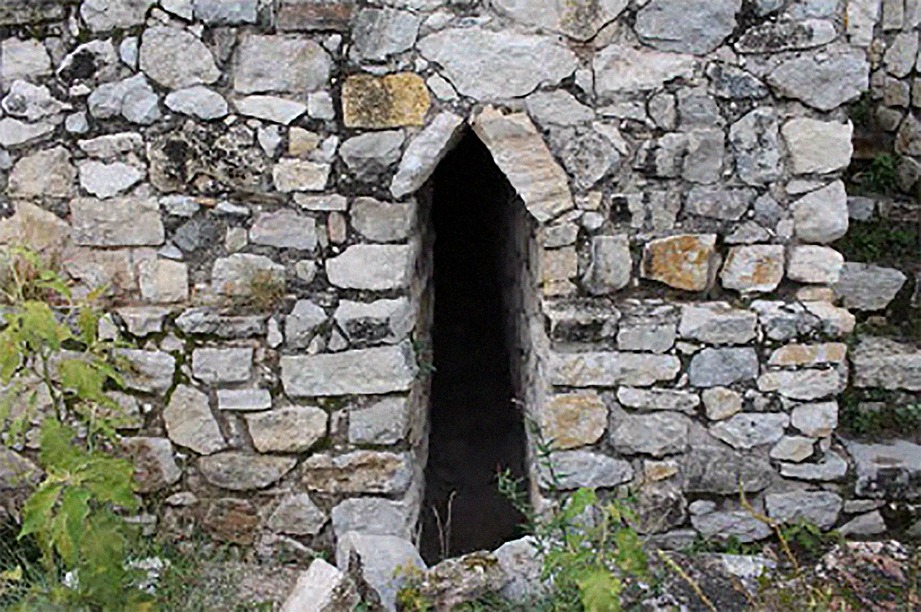
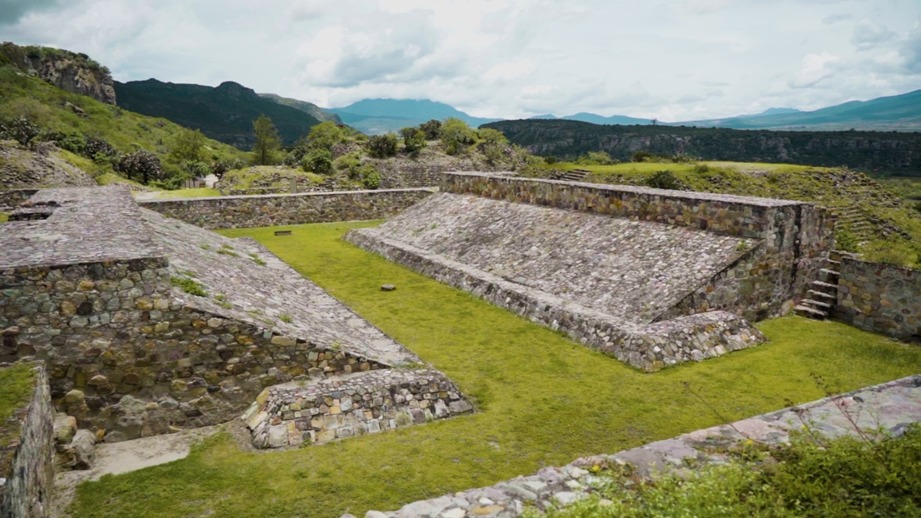
Zona Arqueológica de Yagul
There is evidence of the occupation of Yagul from the time of Monte Albán I (500 years BC).
FIt flourished as an urban center after the decline of Monte Albán (800 AD). Later, after a brief abandonment, Yagul re-emerged to establish itself as a city-state, in the valley of Oaxaca, which prevailed until shortly before the arrival of the Spanish conquerors.
This important pre-Hispanic center, whose name literally means “Old Stick or Tree” has among its monuments the largest ball game in the Oaxacan region and the second in Mesoamerica.
Zona Arqueológica del Cerro de la Campana
This Archaeological Zone is locally called Cerro de la Campana due to the popular belief that a gold bell is buried in one of its buildings or mogotes. The geographical maps assign the name of Cerro de la Cantera to the locality since at present pink colored quarry stone is extracted from the existing deposits in said place.
This quarry is of high quality as well as being highly required to give fine finishes in modern constructions.
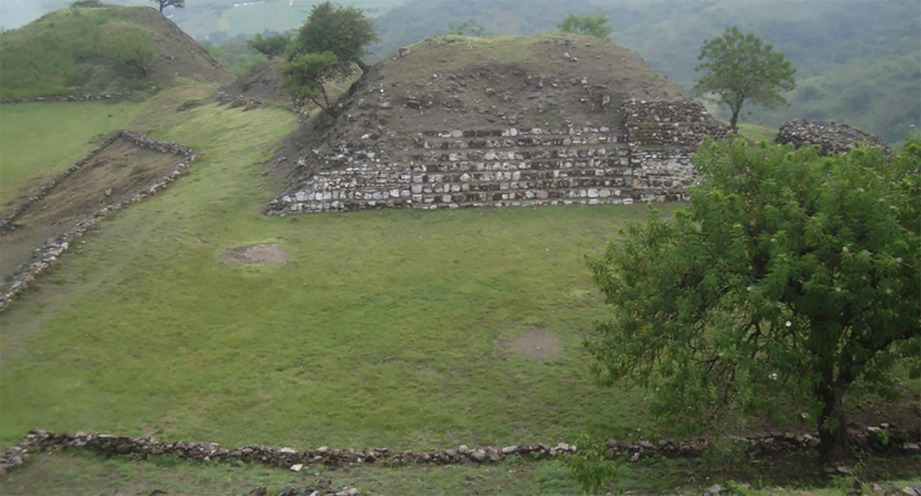
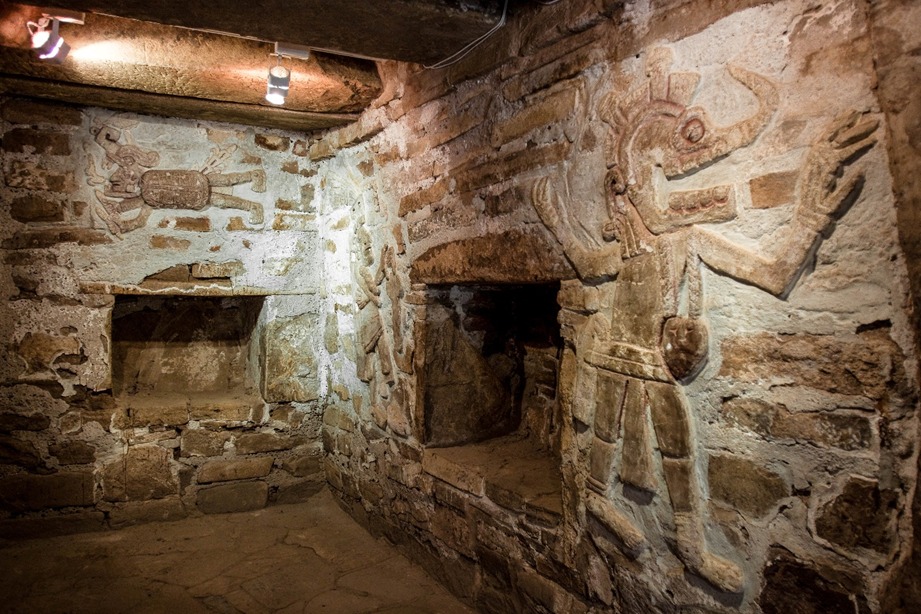
Zona Arqueológica Villa de Zaachila
The Zaachila Archaeological Zone is important because it is considered the last capital of the Zapotec power. At the time of the Conquest, the sources tell us that they were in the hands of the Mixtecs, information confirmed through the findings found in two of their tombs, which reinforces their importance for the cultural study of Oaxaca.
Zaachila is the official name of this site that derives from the Zapotec word Zaachila, which according to some translations can mean “First daughter; do; walk; fat; cloud; native person of (some named place); or true”, that is, We.
Zona Arqueológica Atzompa
A particular characteristic of this archaeological zone is the existence of three courts for the Ball Game closer to each other, one of them 45 meters long, which makes it the largest in the area, including Monte Albán. In addition, this archaeological site functioned as a small satellite city of the Zapotec city of Monte Albán.
Also, it should be mentioned that in this archaeological zone different architectural structures have been located that surround the so-called Plaza A, as well as the Casa de Oriente, the Casa de los Altares, and other pre-Hispanic buildings that frame the terraces or viewpoints that are spatially oriented towards Monte Alban.
The largest court in this archaeological zone has a niche in each of the corners, which could be used as a repository for offerings due to the type of structure that is located in this zone, it has been interpreted that it functioned as a place for specific rituals.
